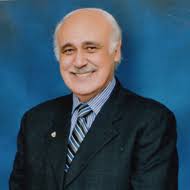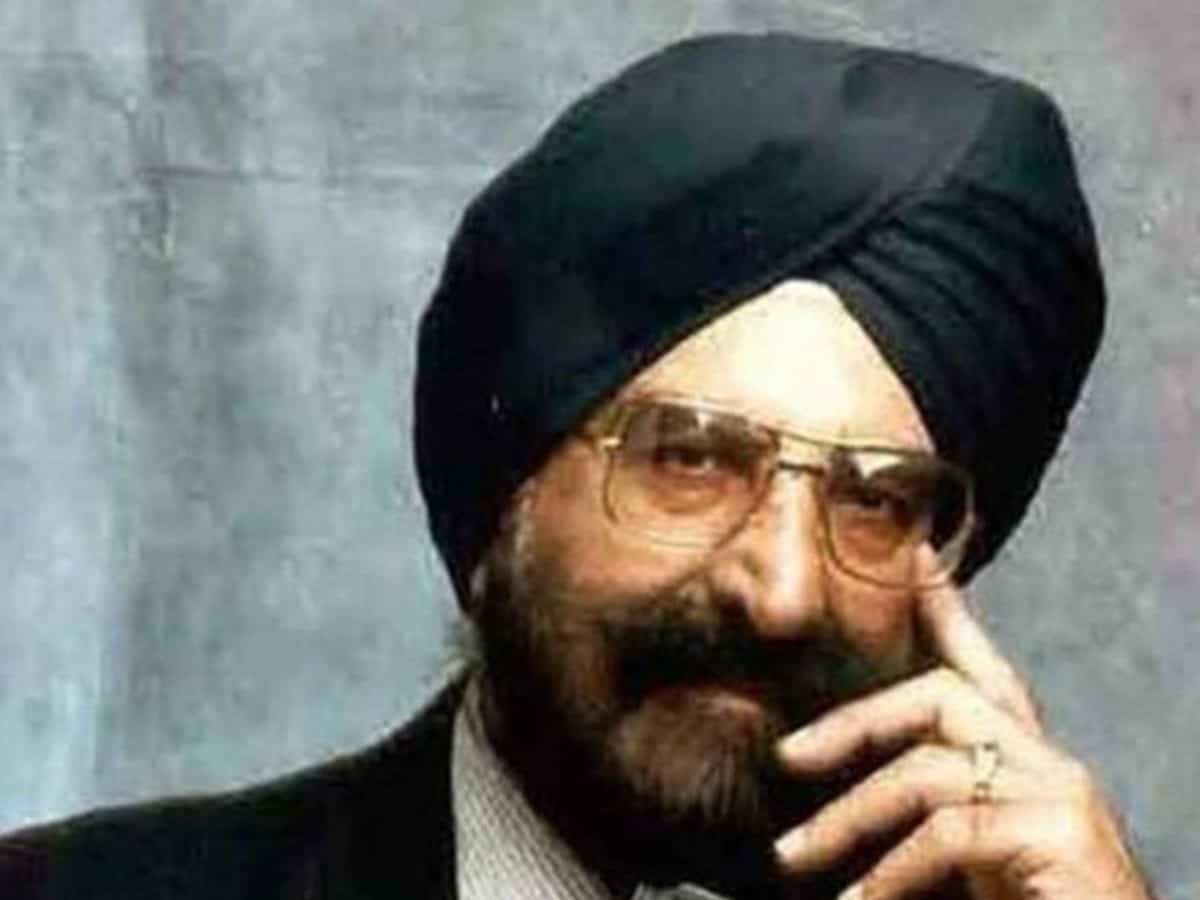
If an average Pakistani was asked what was his perception of Sikhs, he would reply: turbans swathed around unshorn hair, legendary prowess as soldiers, and green-fingered success as farmers. And beneath, sub-surface, a yearning for the Punjabi homeland from which they were evicted in 1947.
The Sikhs left their major shrines behind in Pakistan — Nankana sahib, Panja sahib, Kartarpur, the memorial to Guru Arjan Dev, and Maharaja Ranjit Singh’s samadhi. They felt as Roman Catholics would if expelled from their Vatican.
Few Pakistanis associate the Sikhs with fibre optics, yet it was a Sikh engineer — Dr. Narinder Singh Kapany — who discovered that, despite the insistence otherwise of his Physics professors, light rays could be bent. He patented his discovery and then benefited from the Big Bang of Information Technology. With an inordinate sum of money now at his disposal, Dr. Kapany embarked upon a personal mission to preserve Sikh art-heritage and to disseminate the tenets of his faith through lectures, publication and exhibitions.
In 1999, he sponsored a spectacular exhibition titled The Art of the Sikh Kingdoms, at the Victoria & Albert Museum, London. We discovered that he and I owned portraits of the formidable Sikh Maharani Jindan (the last wife of Maharaja Ranjit Singh), done by the British painter George Richmond in the 1860s. I had Richmond’s preparatory pencil sketch, Dr. Kapany the finished work in oils.
At the V&AM seminar, Dr. Kapany, as the show’s sponsor, had the first slot as the keynote speaker. No sooner had he begun his slide presentation though than disaster struck. The inept museum projectionist had neglected to secure the carousel on the Kodak projector. Suddenly, the carousel jumped out of its mooring and spun in the air, scattering Dr. Kapany’s carefully ordered slides. Gamely, Dr. Kapany continued with his talk, ignoring the mismatch between his words and the images on the screen behind him.
Dr. Kapany visited Lahore in January 2005. He had asked me to arrange a Sikh heritage tour for the trustees of his Sikh Foundation. I took them to the relevant sites here and in the north. They called on the Chief Secretary Punjab, the Governor Punjab, and finally the Prime Minister Mr. Shaukat Aziz. Dr. Kapany presented his proposals to build a luxury hotel for Sikh yatrees at Nankana sahib and offered to renovate the Sikh gallery at the Lahore Fort, where the paintings of the Sikh darbar done in the 1840s by the Hungarian painter August Schoefft were on dismal display. The powers-that-be couldn’t raise themselves to match the lofty conviction that had driven Dr. Kapany to make his pilgrimage to Pakistan.
I glimpsed his unobtrusive piety when we stopped at Panja sahib. It was lunch time. Dr. Kapany and his U.S.-Sikh colleagues – each of them a mini-Croesus – sat on mats spread on the ground and shared in the communal langar. The meal — dal, rice with a topping of modest vegetables — was ladled out onto steel thalis from metal buckets. They ate with their hands and drank untreated water without flinching. It was a moving lesson in the ethos of equality that binds Sikhs to each other. I learned a similar lesson at Harmindar sahib at Amritsar, when I deposited my shoes with an attendant. He declined to take a fee. He was not a subcontractor licenced to fleece pilgrims but a Sikh neuro-surgeon performing seva, gratis.
Dr. Kapany, with expansive generosity, arranged that I should give lectures on Sikh art-history at museums in Washington D.C. and in New York. He and I met for the last time in February 2013. He had come to Amritsar on his way to see the new Virasat-e-Khalsa museum at Anandpur, established to honour 300 years of the Sikh Khalsa. We had lunch together. He suggested that I accompany him to Anandpur. He left me to call his host there. Some minutes later, Dr Kapany returned, crestfallen. ‘They are fully booked. They do not have a spare bed.’ He understood as well as I did why beds would not be available to Pakistanis, even with valid visas.
Dr. Kapany and I remained in touch through e-mails and telephone calls. He wanted me to visit him at Palo Alto (California), where he kept his magnificent collection of Sikh artifacts. He invited me to be a trustee on his Sikh Foundation, but somehow politics and logistics came in the way.
Dr. Kapany died recently on 3 December, aged 94, heavy with honours, laden with wealth, an icon in his community. Throughout his long life he had been too positive ever to admit regret, but if he did have one, it was the wish – still unassuaged – to preserve, protect, and propagate his Sikh heritage at risk in Pakistan.
Fakir Syed Aijazuddin is a public intellectual in Pakistan. He writes regularly for Dawn, Karachi.

